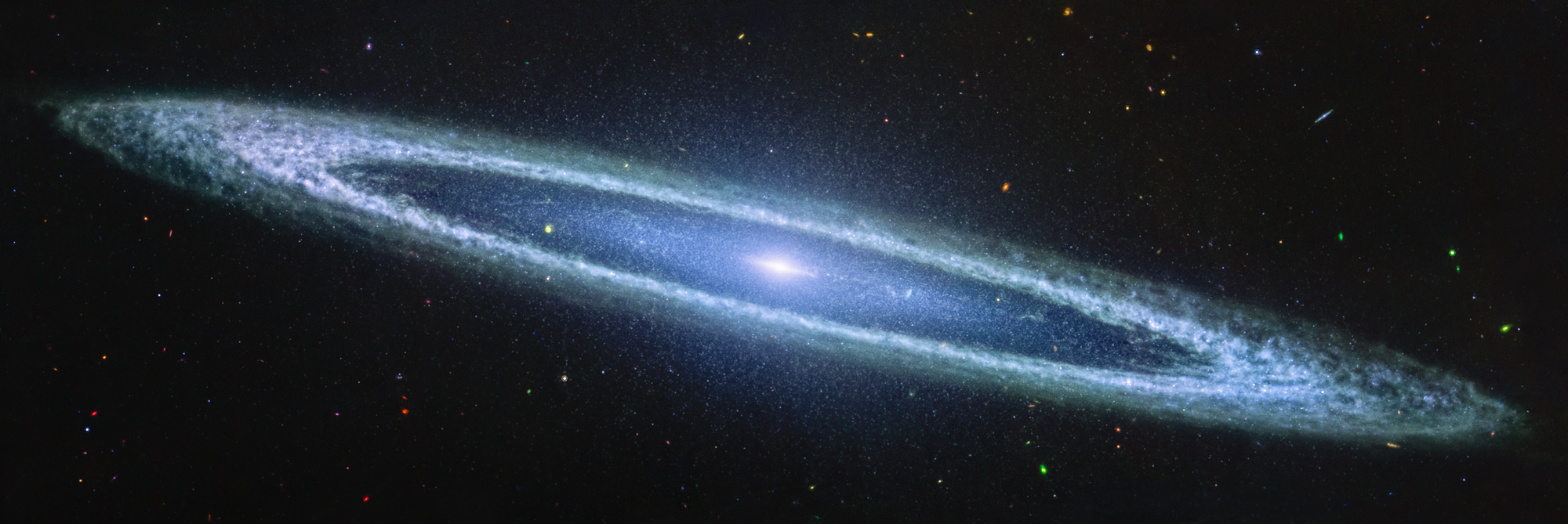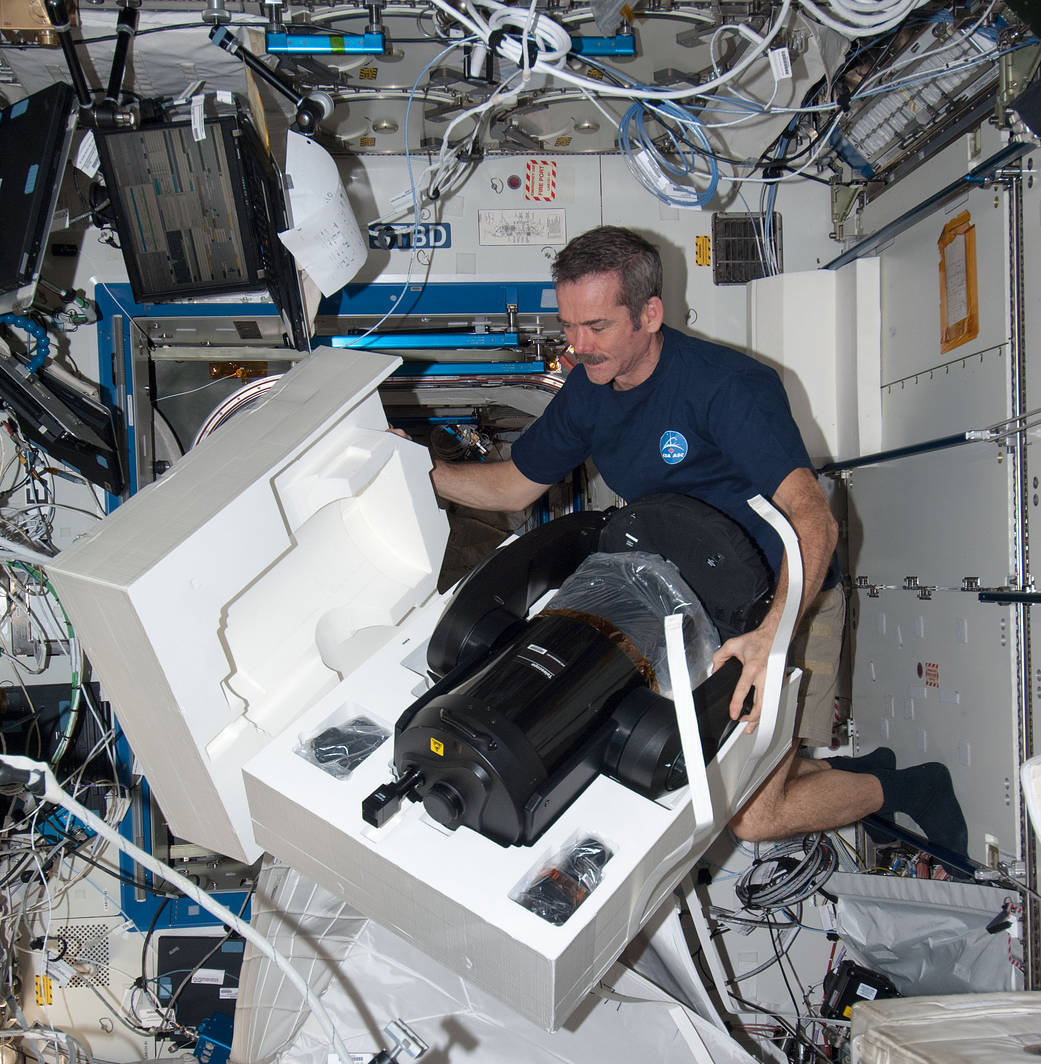This week in 2012, the International Space Station SERVIR Environmental Research and Visualization System, or ISERV, launched to the space station from the Tanegashima Space Center in southern Japan. ISERV deploys in the Window Observational Research Facility — WORF — rack within the Destiny module of the station. It allows scientists in NASA’s SERVIR project to gain experience and expertise in rapid instrument tasking, automated image data acquisition and rapid data downlink. Here, Canadian Space Agency astronaut Chris Hadfield prepares to set up the ISERV in the Destiny module. The ISERV Pathfinder, a camera installed in the WORF, was designed and built at NASA’s Marshall Space Flight Center as part of the Earth Science Division’s SERVIR project. The NASA History Program is responsible for generating, disseminating, and preserving NASA’s remarkable history and providing a comprehensive understanding of the institutional, cultural, social, political, economic, technological, and scientific aspects of NASA’s activities in aeronautics and space. For more pictures like this one and to connect to NASA’s history, visit the Marshall History Program’s webpage. (NASA)
1 min read




























